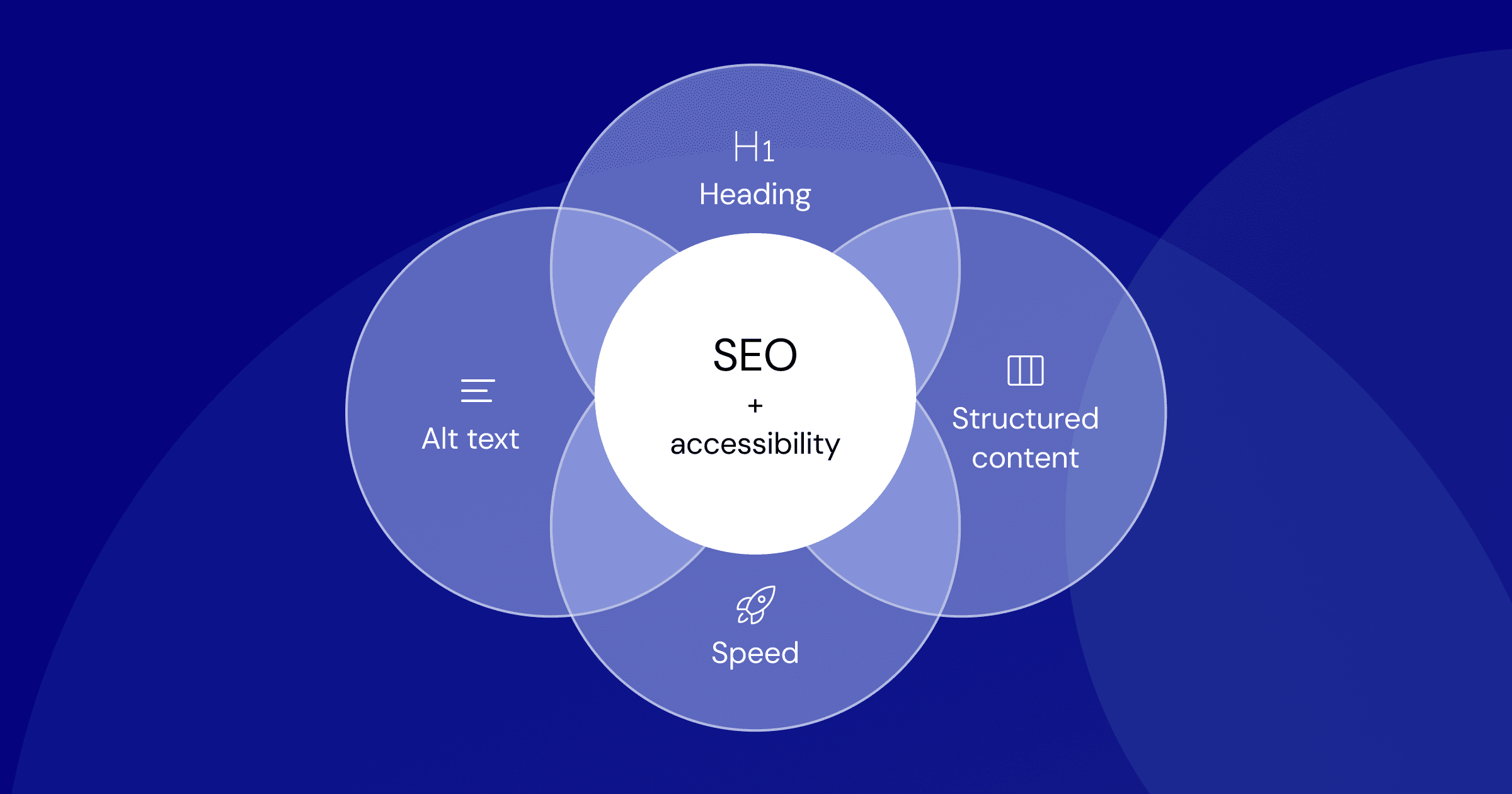Brands Slash Open Web Display Budgets by 30% Amid AI Search Disruption
By Victoria Sterling • November 12, 2025 • 8 min read • 109 views

The Great Display Ad Exodus
Something's breaking in digital advertising. Brands are cutting open web display spend by 30% as AI search tools reshape how consumers discover content. This isn't gradual change—this is a seismic shift in the $200+ billion display advertising market.
The numbers tell a stark story. Recent analysis from Digiday shows major advertisers rapidly reallocating budgets away from traditional display inventory toward AI-optimized channels. This represents the fastest real-time budget reallocation in digital advertising history.
Why Publishers Are Feeling the Heat
The catalyst? AI search engines are changing how people find information. Instead of clicking through to websites, users get answers directly in AI-generated summaries. That means fewer eyeballs on publisher content and, consequently, less valuable display inventory.
"Publishers built their business models on search traffic driving display revenue," explains Sam Bradley from Digiday. "When AI starts answering questions before users click, that entire revenue stream gets disrupted."
The display advertising ecosystem depends heavily on contextual relevance and audience reach. But when AI search reduces the need to visit websites for basic information, marketers question the ROI of display placements.
Smartly's recent research supports this trend. Their 2026 Digital Trends Report found 92% of marketers say AI is transforming engagement, with video and CTV strategies becoming key competitive advantages. The message is clear: traditional display is losing its appeal.
The Marketer's Dilemma
So what are smart marketers doing? They're not just cutting budgets—they're strategically reinvesting. The 30% reduction in open web display spend isn't just cost-cutting; it's budget reallocation toward AI-resilient channels.
Here's where the shift is happening:
- •Connected TV (CTV) viewing continues surging
- •AI-optimized content strategies for better discoverability
- •Social commerce integrations that drive direct conversion
- •Podcast advertising with its superior trust metrics
Marcus Rodriguez from Social Media Marketing News notes: "We're seeing brands move toward channels where AI can't immediately answer the question. When someone wants inspiration for home décor, they still want to see visual content on Pinterest or Instagram—not just read an AI summary."
The Trust Factor
Interestingly, this AI search disruption coincides with growing concerns about content authenticity. Kantar's recent research on AI-generated advertising found that consumers have nuanced reactions to AI-created ads—they're not universally negative, but they're definitely more skeptical.
This skepticism extends to AI search results too. When users can't trust that they're getting complete or unbiased information from AI summaries, they may revert to trusted publisher sources—potentially creating a counter-trend.
The hybrid audio-visual consumption patterns eMarketer identified support this. Users aren't abandoning traditional content entirely; they're becoming more discerning about where they get information.
What This Means for Publishers
For publishers, the 30% budget cut represents both challenge and opportunity. The short-term pain is obvious—reduced ad revenue as brand budgets shrink. But the long-term adaptation could strengthen their position.
Forward-thinking publishers are:
- •Building AI-optimized content that gets featured in AI summaries
- •Developing direct audience relationships through newsletters and subscriptions
- •Creating exclusive content that AI can't replicate
- •Investing in audio and video where trust remains high
The publishers who adapt quickly won't just survive this AI search disruption—they'll thrive in the post-click economy.
The Road Ahead
The 30% cut in open web display spend is just the beginning. As AI search tools become more sophisticated, we can expect continued pressure on traditional display inventory.
For marketers, the key insight is simple: adapt or get left behind. The brands successfully navigating this transition aren't just cutting budgets—they're investing in AI-resilient strategies.
The future belongs to marketers who understand that AI changes how discovery works, but doesn't eliminate the need for compelling, trustworthy content. Those who figure out how to work with AI rather than against it will find new opportunities in this disrupted landscape.
The display advertising world is rewriting itself. Smart brands are already rewriting their playbooks.
Tagged with:
About Victoria Sterling
Victoria Sterling analyzes emerging platform trends and creator economy shifts for Social Media Marketing News. With 9 years in digital strategy journalism, she tracks how new technologies reshape marketing effectiveness and consumer behavior.
